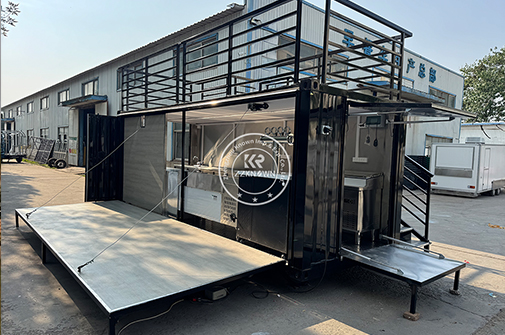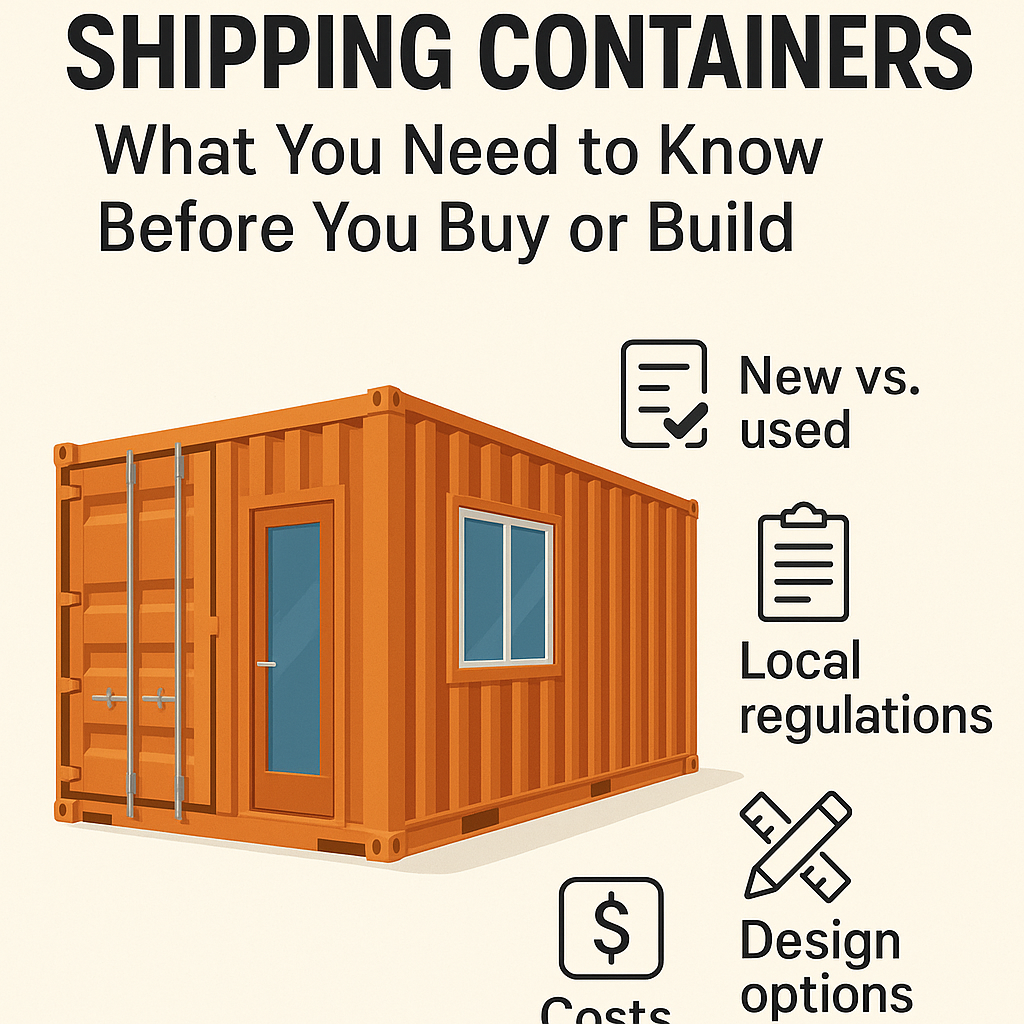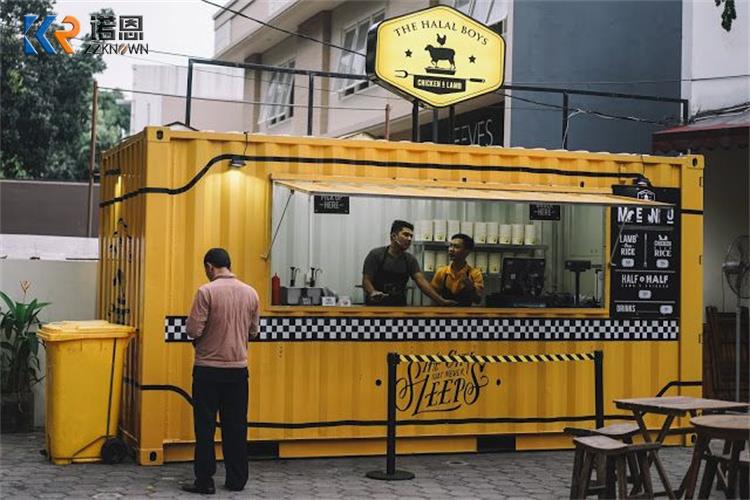In cities across the U.S., entrepreneurs are redefining fast-casual dining and nightlife by launching container-based restaurants and bars. These compact, cost-effective spaces offer a smart solution for startups looking to skip the long build times and sky-high costs of traditional storefronts.
This article breaks down several successful case studies—from Austin to Atlanta—and uncovers what made these container businesses thrive. If you're considering launching your own food or drink venture, these real-life stories are packed with insights, financials, and lessons worth learning.

In 2021, two college friends opened DripBox Coffee inside a sleek, black-painted shipping container in a South Austin parking lot. Outfitted with a walk-up service window, drive-thru lane, and solar panels, the container offered a fast way to test their concept—without a massive lease or build-out.
Broke even in 8 months
Expanded to 3 locations in 2 years
Minimal overhead thanks to off-grid power
“Starting with a container let us prove the concept before scaling. Now we’re expanding with confidence.”
— Jake R., Co-founder of DripBox Coffee

Located atop a downtown parking garage, SkySip transformed two refurbished containers into a stunning open-air cocktail bar. The bottom unit contains the bar and storage, while the top was fitted with a lounge deck, lights, and views of the skyline.
Custom spiral staircase between units
Full commercial refrigeration inside the bar container
Branding featured in multiple lifestyle magazines
Consistent weekend sellouts
Doubled revenue in year two after expanding outdoor seating
Zero property costs due to partnership with garage owner
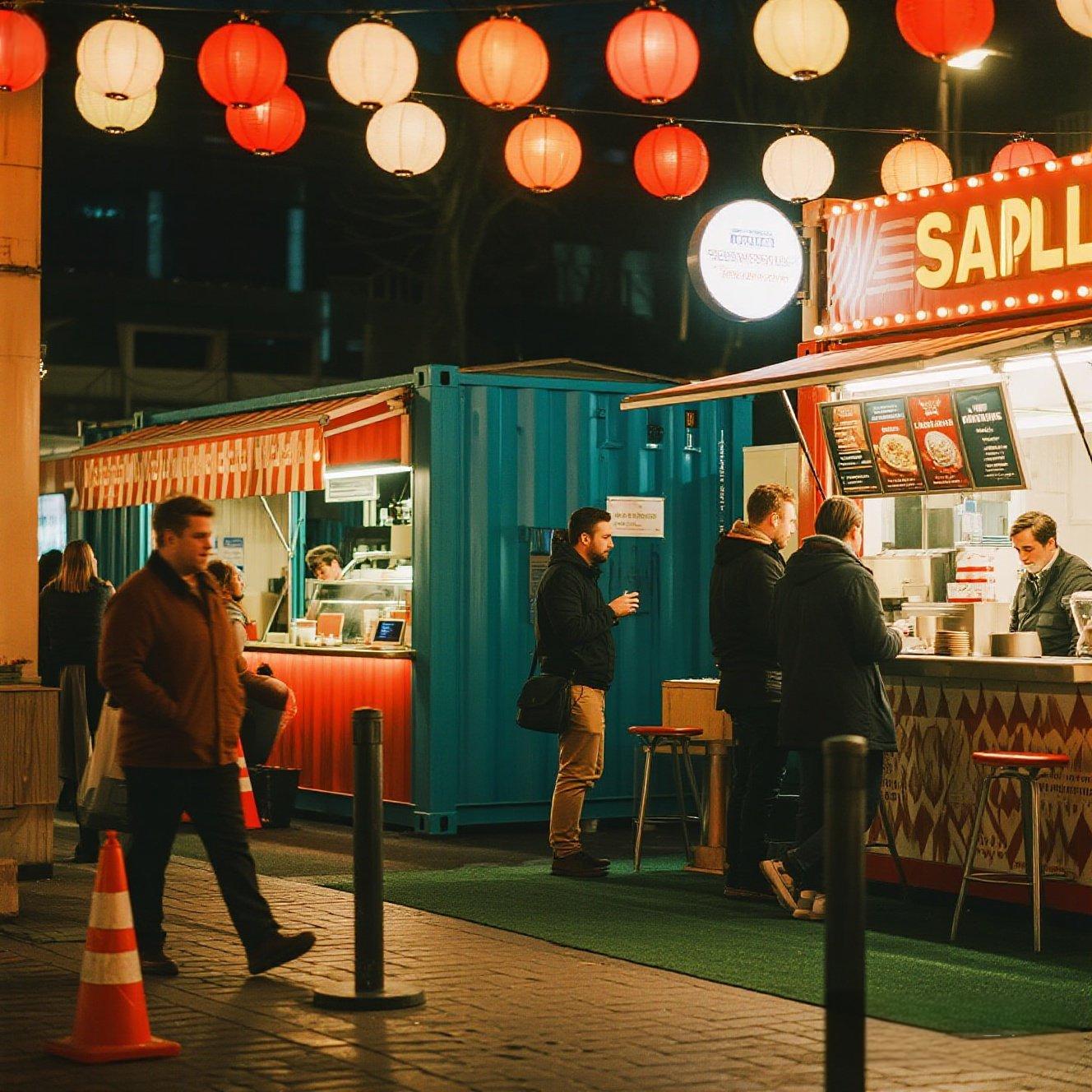
Originally built for a summer pop-up, TacoCueva gained a cult following thanks to its bold design and street-style tacos. The owner partnered with local builder ETO Food Carts for a kitchen container outfitted with commercial grills, a 3-compartment sink, and prep counters.
Eye-catching design with custom mural art
High efficiency: 3 staff could handle 100+ orders per hour
Instagram-driven foot traffic
After two years, TacoCueva used profits to open a nearby storefront and invest in two branded food trucks—while keeping the original container running at festivals.
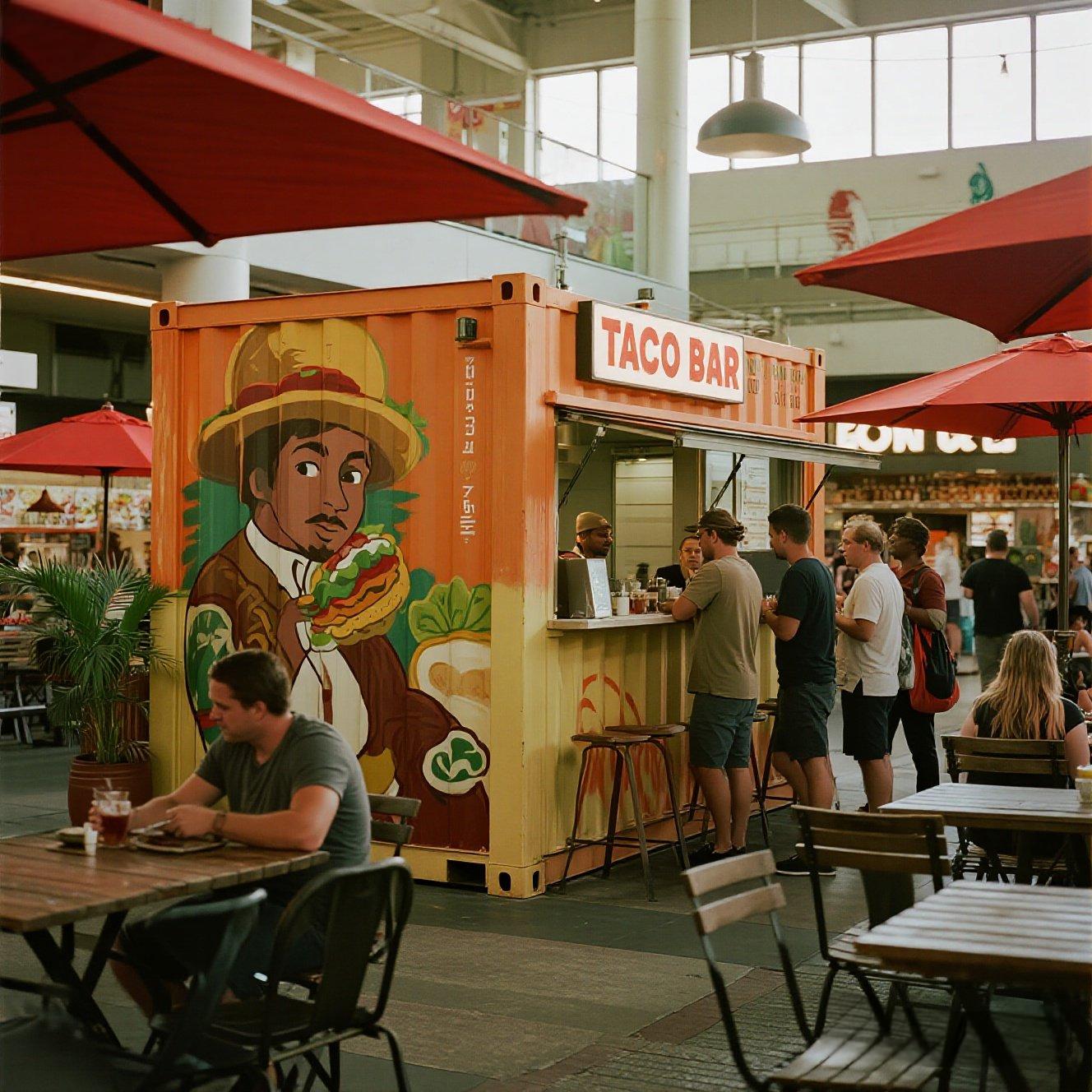
Faced with limited indoor space, Iron Prairie Brewing added a container-based outdoor taproom beside their main building. Built by ModBetter, the setup includes a full bar, climate-controlled merch container, and ADA-compliant restrooms—all with consistent branding and reclaimed wood details.
Containers sped up permitting vs. traditional construction
Seasonal sales boosted with patio heaters and weatherproofing
Local musicians draw crowds every Friday and Saturday
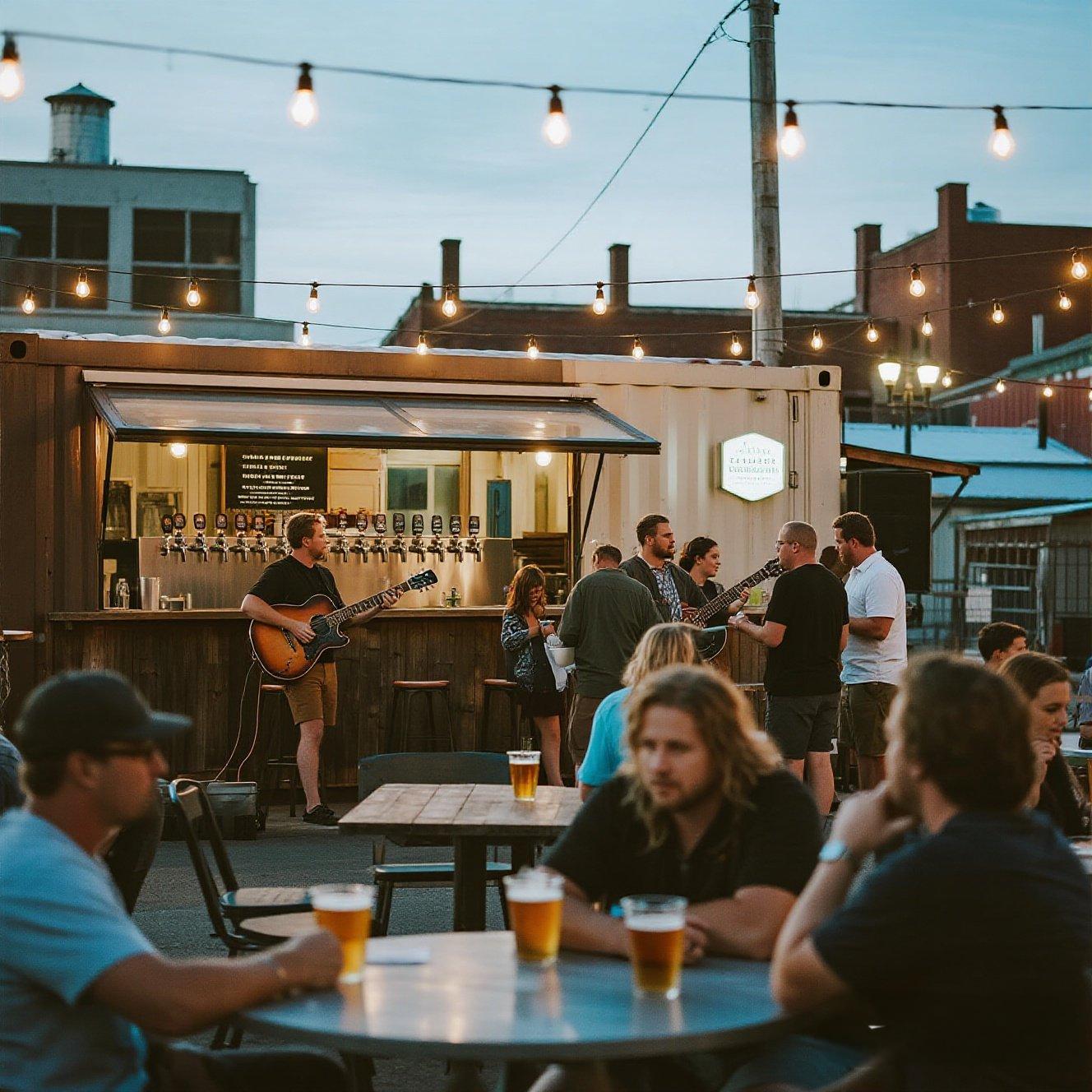
Across these diverse container food and drink businesses, some common strategies stand out:
Start Small, Scale Fast: Every owner used the container as a low-risk MVP (minimum viable product).
Focus on Experience: Lighting, murals, and music created destinations—not just places to eat.
Permitting Advantage: Most found faster permit approval with container setups vs. new buildings.
Outdoor Seating = Higher Profits: Nearly all increased revenue by extending into outdoor areas.
Strong Branding Wins: Unique names, colors, and social media made containers memorable.

